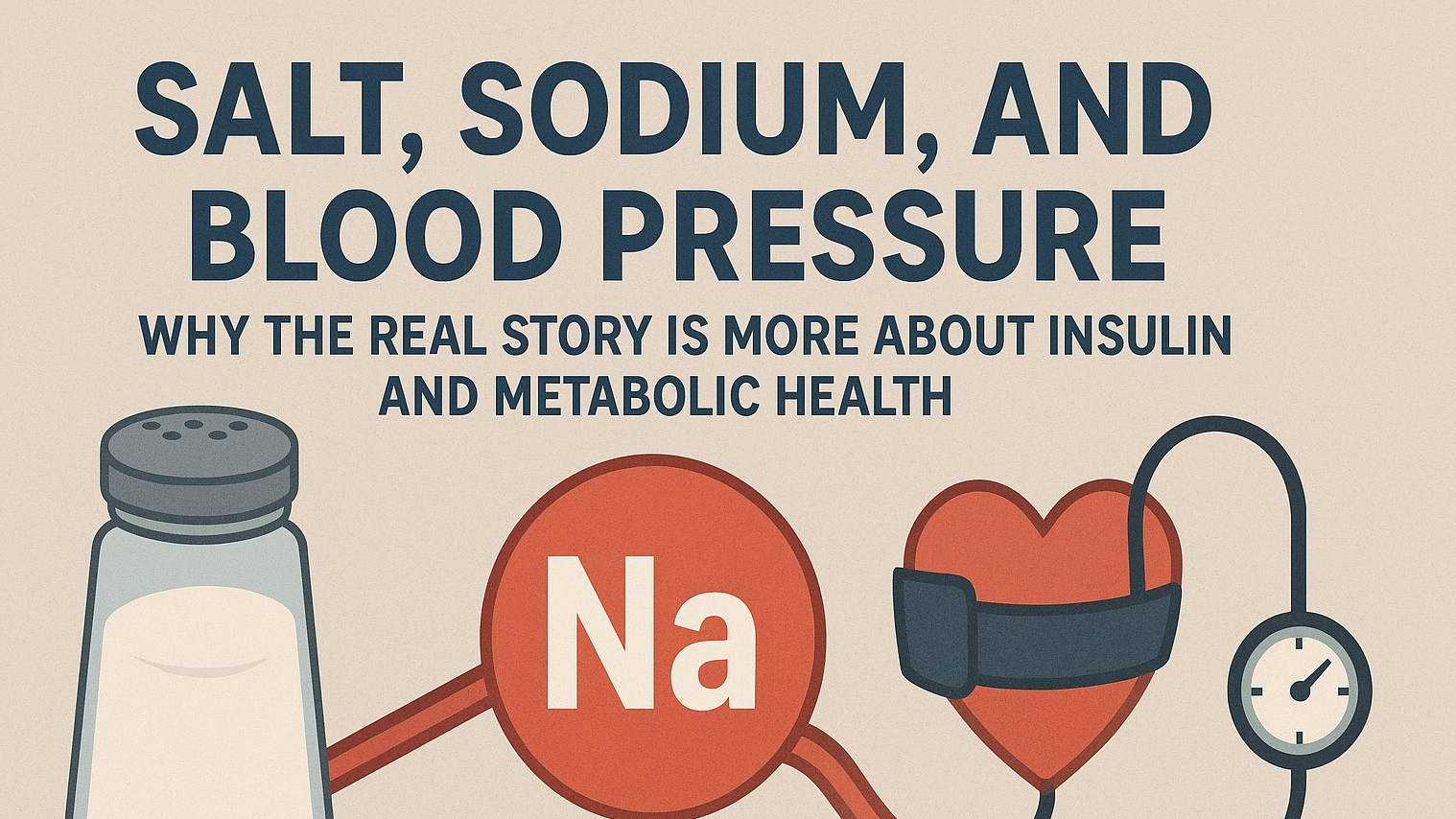
Maintaining a healthy weight isn’t just about calories in versus calories out. For women, the intricate balance of hormones within the body plays a crucial role in metabolism, appetite control, and fat storage. Hormones such as estrogen, cortisol, insulin, ghrelin, and leptin regulate key bodily functions, and when these hormones become imbalanced, they can significantly impact a woman’s ability to maintain a healthy weight. Understanding these hormonal fluctuations, especially during perimenopause, menopause, and postmenopause, is essential for achieving long-term metabolic health.
The Unique Impact of Hormonal Imbalance on Women’s Metabolism
Women experience hormonal shifts throughout life, from puberty to pregnancy and menopause. The hormonal interplay is complex, but two primary hormones—cortisol and insulin—have a profound effect on metabolism and weight regulation.
Cortisol, the body’s primary stress hormone, is released by the adrenal glands in response to stress. Research shows that chronically elevated cortisol levels are associated with increased abdominal fat in women, making stress management a crucial aspect of weight loss. High cortisol levels also contribute to insulin resistance, making it harder for cells to utilize glucose efficiently. (Haver, 2023)¹
Insulin regulates blood sugar by allowing glucose to enter cells for energy use or storage. However, diets high in refined carbohydrates and sugars, characteristic of the Standard American Diet (SAD), can lead to repeated insulin spikes, causing insulin resistance. Insulin resistance is more common in women, particularly those with PCOS or those in perimenopause. Women with insulin resistance tend to gain weight more easily and struggle with fat loss, even when reducing calorie intake. (Pelz, 2022)²
The Standard American Diet and Its Effect on Women’s Hormones
The SAD diet, high in processed foods, unhealthy fats, and added sugars, disrupts hormone regulation, particularly hunger hormones ghrelin and leptin.
Ghrelin, the “hunger hormone,” signals when the stomach is empty. Research suggests that women experience higher ghrelin levels than men following food deprivation, which may explain why intermittent fasting can be more challenging for some women (Haver, 2023)¹.
Leptin, the “satiety hormone,” signals fullness. However, diets high in ultra-processed foods can lead to leptin resistance, where the brain no longer properly responds to leptin’s signals, resulting in increased hunger and difficulty maintaining a healthy weight. Studies have found that women with obesity often have higher circulating leptin levels but impaired leptin sensitivity. (Pelz, 2022)²
How to Fast in Alignment with Women’s Hormonal Cycles
According to Dr. Mindy Pelz, women need to approach fasting differently than men due to their unique hormonal cycles. She highlights that fasting at the wrong time in the cycle can increase cortisol levels, impair metabolism, and lead to hormonal imbalances. (Pelz, 2022)²
Fasting for Women Before and After Menopause
During the first half of the menstrual cycle (Days 1-14): Estrogen is rising, making it an ideal time for intermittent fasting. Women may tolerate longer fasts (up to 16 hours) more easily and experience enhanced fat metabolism.
During the second half of the cycle (Days 15-28): Progesterone rises, making women more insulin resistant. Longer fasts should be avoided, and instead, a 12-14 hour fasting window is recommended with more nutrient-dense meals to support progesterone.
Postmenopausal Women: With lower estrogen and progesterone levels, women may benefit from a consistent intermittent fasting routine of 14:10 or 12:12 (fasting for 14 or 12 hours, respectively). Strength training and protein intake become more critical to counteract muscle loss. (Pelz, 2022)²
Supporting Hormonal Balance for Sustainable Weight Management
To optimize hormonal function and support a healthy metabolism, women should adopt dietary and lifestyle habits that promote hormonal balance. Here are research-backed strategies:
Prioritize Whole, Nutrient-Dense Foods
Focus on anti-inflammatory foods such as leafy greens, lean proteins, omega-3 fats (salmon, walnuts, flaxseeds), and fiber-rich foods (quinoa, legumes, cruciferous vegetables).
Minimize refined sugars and processed foods that spike insulin and disrupt hunger hormones.
Manage Stress and Lower Cortisol Levels
Engage in stress-relief practices such as yoga, meditation, and breathwork.
Women with chronically high cortisol levels may benefit from adaptogens such as ashwagandha and rhodiola, which have been shown to lower cortisol and support adrenal function. (Haver, 2023)¹
Prioritize sleep, as poor sleep increases ghrelin levels and reduces leptin, making weight management harder.
Support Insulin Sensitivity with Strength Training and Balanced Meals
Women over 40 should engage in strength training at least 3 times per week to increase muscle mass, which improves insulin sensitivity.
Consume protein-rich meals with adequate healthy fats and fiber to stabilize blood sugar and prevent insulin spikes.
Regulate Hunger Hormones with Intermittent Fasting (Tailored for Women)
Women should modify fasting periods to align with their hormonal cycles to prevent metabolic stress.
Studies suggest that a 14:10 fasting window (14 hours of fasting, 10 hours of eating) is more effective for women than prolonged fasting periods. (Pelz, 2022)²
Eating breakfast with protein and healthy fats can help curb mid-morning cravings and prevent energy crashes.
Balance Estrogen and Progesterone Naturally
Women in perimenopause and menopause experience declining estrogen levels, which contributes to increased visceral fat.
Consuming phytoestrogen-rich foods (flaxseeds, tofu, lentils) and supplementing with magnesium and vitamin D can help support hormonal balance.
Conclusion
For women, weight management is not just about diet and exercise—it’s about hormonal health. The Standard American Diet, high-stress lifestyles, and aging all contribute to hormonal imbalances that make weight loss more challenging. However, by eating a whole-food diet, managing stress, engaging in strength training, and aligning intermittent fasting with hormonal cycles, women can support their metabolism and achieve sustainable weight management. Understanding the connection between hormones and weight is empowering, allowing women to make informed choices for long-term health and vitality.
Footnotes
Haver, M.C. (2023). The Galveston Diet: A New Approach to Menopause Weight Loss and Hormonal Health.
Pelz, M. (2022). Fast Like a Girl: A Woman’s Guide to Using the Healing Power of Fasting for Hormonal Balance and Weight Loss.
 Add Row
Add Row  Add
Add 










Write A Comment